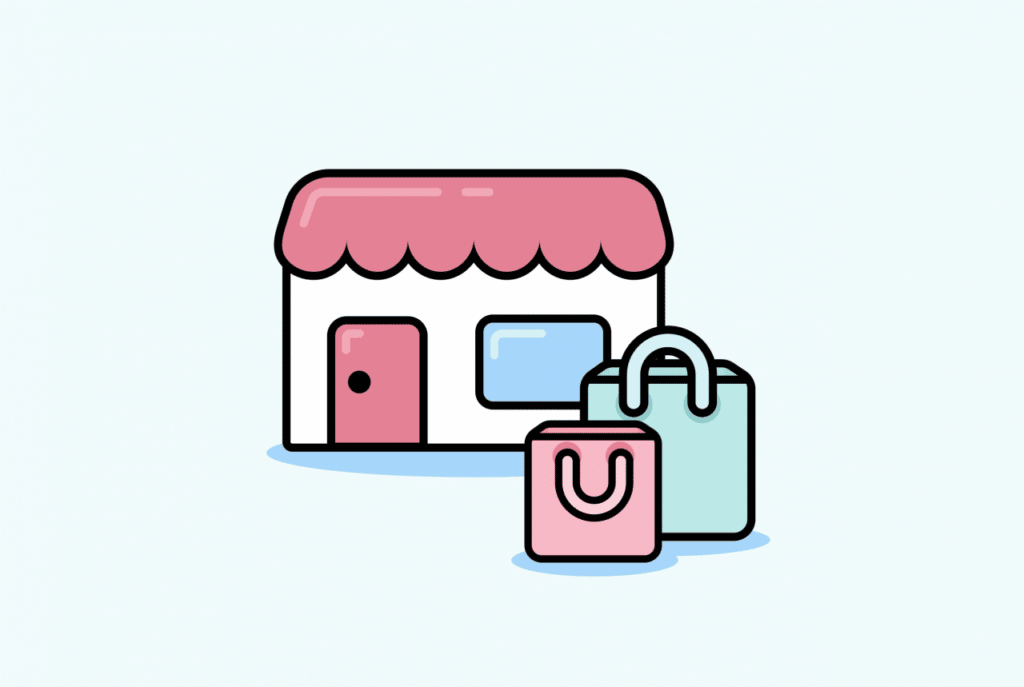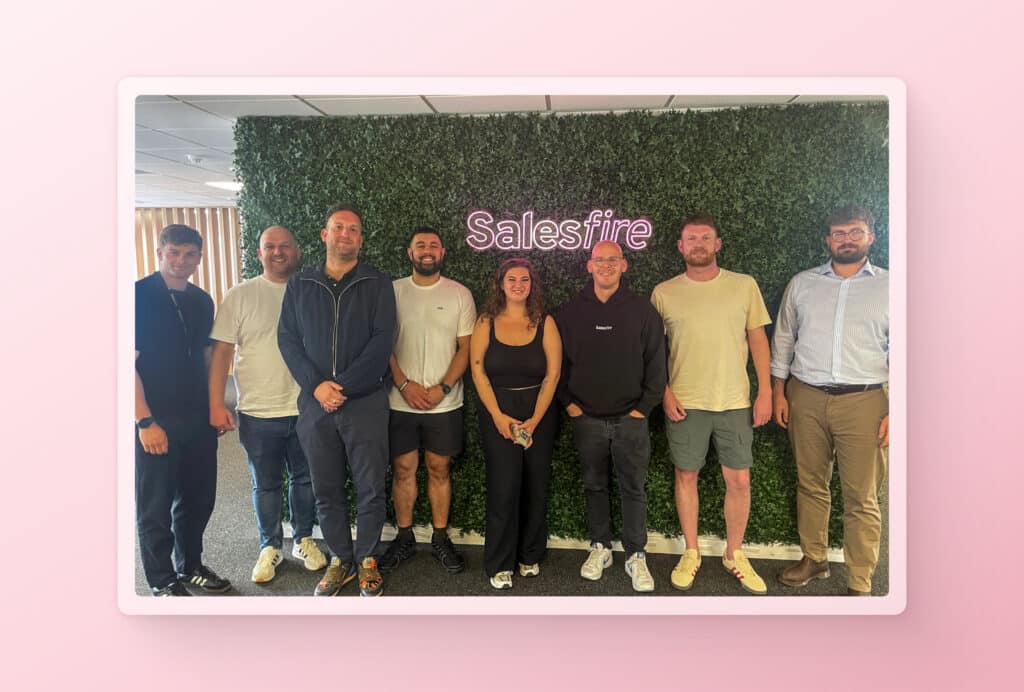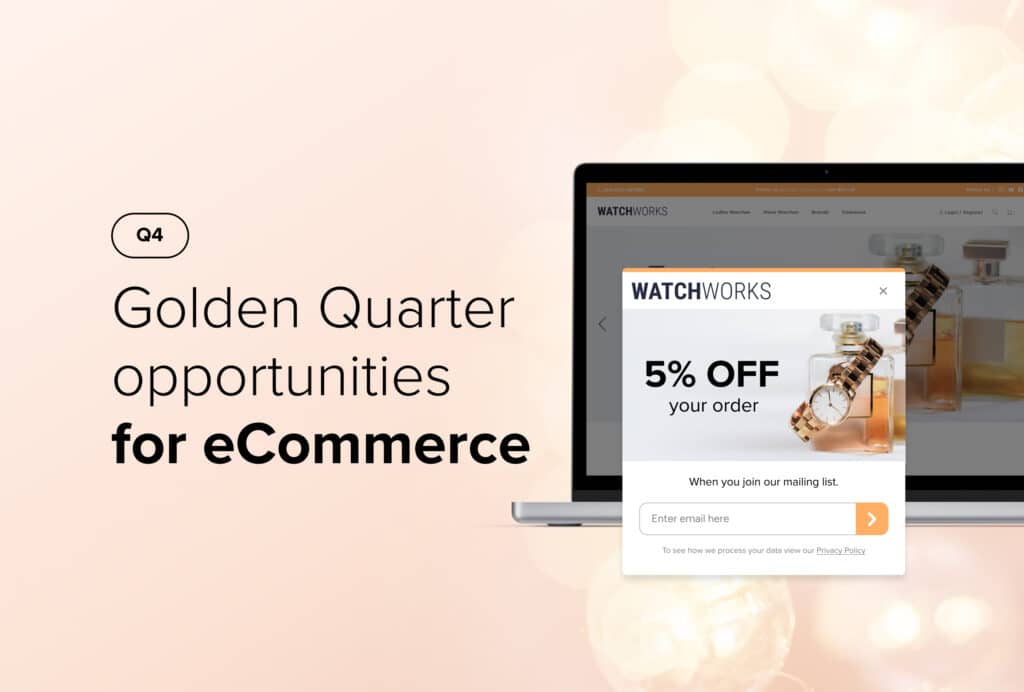How the Reopening of Non-Essential Retail has Impacted eCommerce [Infographic]
By Kelly Aitkin • Last updated: Thursday Oct 12th, 2023

All eyes were on retail last week as bricks and mortar stores opened their doors to customers again for the first time in three months.
By 10 am on Monday 12 April, now coined ‘Magic Monday’, UK shopping destinations saw footfall increase by 481.5% compared to last year, with Kantar predicting that consumers will spend £3.9bn in the first week of reopening.
But how will the reopening of stores impact eCommerce? Will people continue to shop online or will they look to return to physical stores?
We’ve delved into Trends stats to compare orders and revenue on Tuesday 6th April with Tuesday 13th April in several industries to analyse how the reopening of non-essential retail has impacted eCommerce.

Diving into the data
eCommerce orders dropped by 12.2% in the first week of shops reopening with people excited to return to stores after a long three months of non-essential retail being closed.
Trends data will continue to monitor if the opening of shops has caused only an initial dip in eCommerce sales or if the data will be impacted in the long term.
Fashion
Fashion eCommerce orders saw a decline of 12.6% from shops reopening compared to the week prior.
People have been excited to return to stores with offline brands like Primark and TK Maxx currently holding an edge as their experience requires an in-person visit. This also works to draw people back to high streets where they are currently more likely to convert at a higher rate as they’re less likely to be heading out for a look around the shops and more for something they specifically need.
The in-store fashion experience still remains limited, however. Restrictions on trying clothes, eating and even toilet facilities are still in place which limits the experience for a lot of people and with delivery offering so much choice, how long-lasting will the return to the high street be?
Electronics
The pandemic has potentially changed the way we shop forever. The convenience of buying online will continue and may outweigh the experiential aspect for many, particularly for everyday items that don’t need to be seen in person such as electronics.
According to Retail Week, 70% of customers want flexible delivery options and with the volume of delivery choices available to customers, from Same-Day to Next Day delivery, shoppers can get products quickly whilst still avoiding crowds and staying in the comfort of their own home.
With online orders of electronic items increasing by 8.4% in the week that shops opened, we can see that electronic eCommerce is here to stay regardless of high street shopping.
Food and drink
Similar to electronics, the pandemic opened the door to people for ordering their groceries online and having them delivered directly to their door. Online sales have surged from 7% of total sales pre-pandemic to 16%.
Food and drink eCommerce saw an 8.1% increase in revenue in the week shops opened compared to the week prior, whether this is due to a drop in confidence of returning to the shops or for ease as people return to work.
This data highlights the importance of the changes the past year has brought to eCommerce, customers have seen the benefits of buying online and most won’t be going back.
Footwear
When the doors to shops reopened people were excited to get back to fashion and footwear shopping.
Footwear eCommerce sales dropped by 9.03% in the week of shops reopening, hand in hand with fashion sales, people have missed the experience of seeing, trying and feeling shoes in person before getting them delivered.
The early dip in eCommerce sales may be due to shoppers initially surging back to shops to vent the lockdown build up. This could potentially result in customers returning to the online shopping habits they developed during lockdown, particularly with the older generations now being introduced to digital.
Sports
Sports equipment was one of the leading categories for online sales during the pandemic but during the first week of shops opening online sales dropped by 8.8%.
Stores have been working hard on campaigns to get people back to the high street which will have had an initial pull for sports equipment buyers but with sporting goods seeing the highest growth in subscription services over the last year, with 69% of sports brands growing in this area, the move to online seems to have been a big one and the high street may have a hard time impacting this in the long-term.
Health and beauty
Health and Beauty eCommerce data saw the biggest drop from Trends stats. Dropping by 18.8% compared to the previous week, the excitement for people to see lipstick colours and learn more about their health products from in-person sales assistants was clear.
Brands such as Charlotte Tilbury and Boots’ No.7 have introduced live chat services, one-to-one virtual consultations and an online makeup try-on service to replicate the trying-on experience that so many people had missed during lockdown and online sales are predicted to account for over 23% of beauty and personal care spending by the end of 2021, but can anything beat the physical experience for health and beauty?
What next?
Lockdowns have no doubt changed the future of retail forever.
Data currently suggests that consumers are likely to keep the behaviours they’ve adopted during the pandemic, including visiting the high street less and buying online more.
As we move forward both the in-store and online experience may need to work together to ensure sales remain stable as economic uncertainty leads to consumers controlling what they spend.
To keep up to date with the changes as they happen make sure to follow us on Trends and sign up to receive regular updates.
See how Salesfire can help you optimise your product discovery experience, email one of our experts at [email protected] or book a free demo of our personalisation tools.



